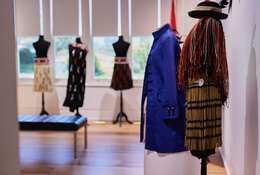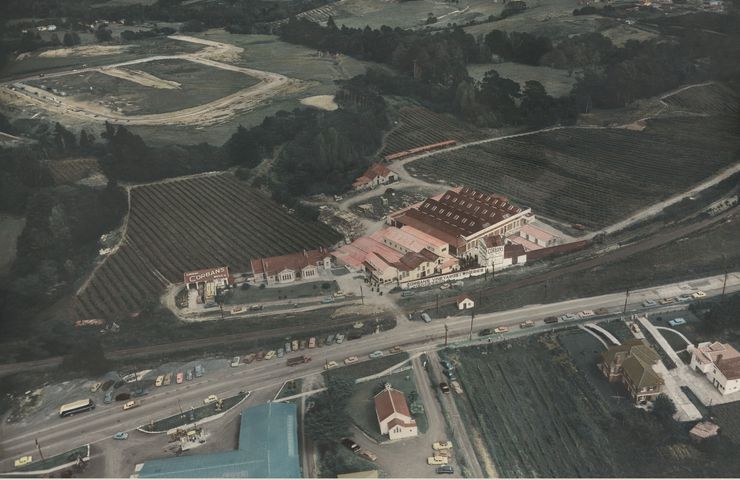
Curator Tours
With Java Bentley
Fri 30 Jan 2026 11:00AM - 12:00PM
Join Homestead Galleries Curator & Exhibitions Manager Java Bentley for an intimate tour of our current exhibitions.
More
When the Corban Estate site was sold in 1992, it was purchased by the Waitākere City Council and by the end of 2001, the Waitākere Arts and Cultural Development Trust had taken on the lease for much of the estate and established Corban Estate Arts Centre. Members of the Corban family contributed to the formation and development of the arts centre, and Brian Corban was the Chairman of the Trust Board for many years until his passing in 2021.
HOMESTEAD HERITAGE WALL
Situated in the foyer of the Homestead Galleries, every year the Homestead Heritage Wall presents a different story from the archives of the Corban family's pioneering history. Each new iteration is unveiled in Spring to coincide around the timing of the Auckland Heritage Festival.
Much of the content for the Homestead Heritage Walls are sourced from the Corban Holdings Ltd Archives and Corban Winery Estate Heritage Preservation Development Trust, with special thanks to Sharon Corban Alexander.
Click on the title to view or download.
2022 - Journey from Mt Lebanon
Text by Madeleine Gifford.
2023 - A small house fits a hundred people you love
Text by Madeleine Gifford.
Produced with the kind support of the Miriam Corban Retirement Village.
-
An extended history of the Corban family and winery is available to download as a PDF, while Dick Scott's book about the family winery, A Stake in the Country is available for purchase through the Corban Estate Arts Centre Gallery Shop.
Contact us to find out more:
info@ceac.org.nz
09 838 4455
